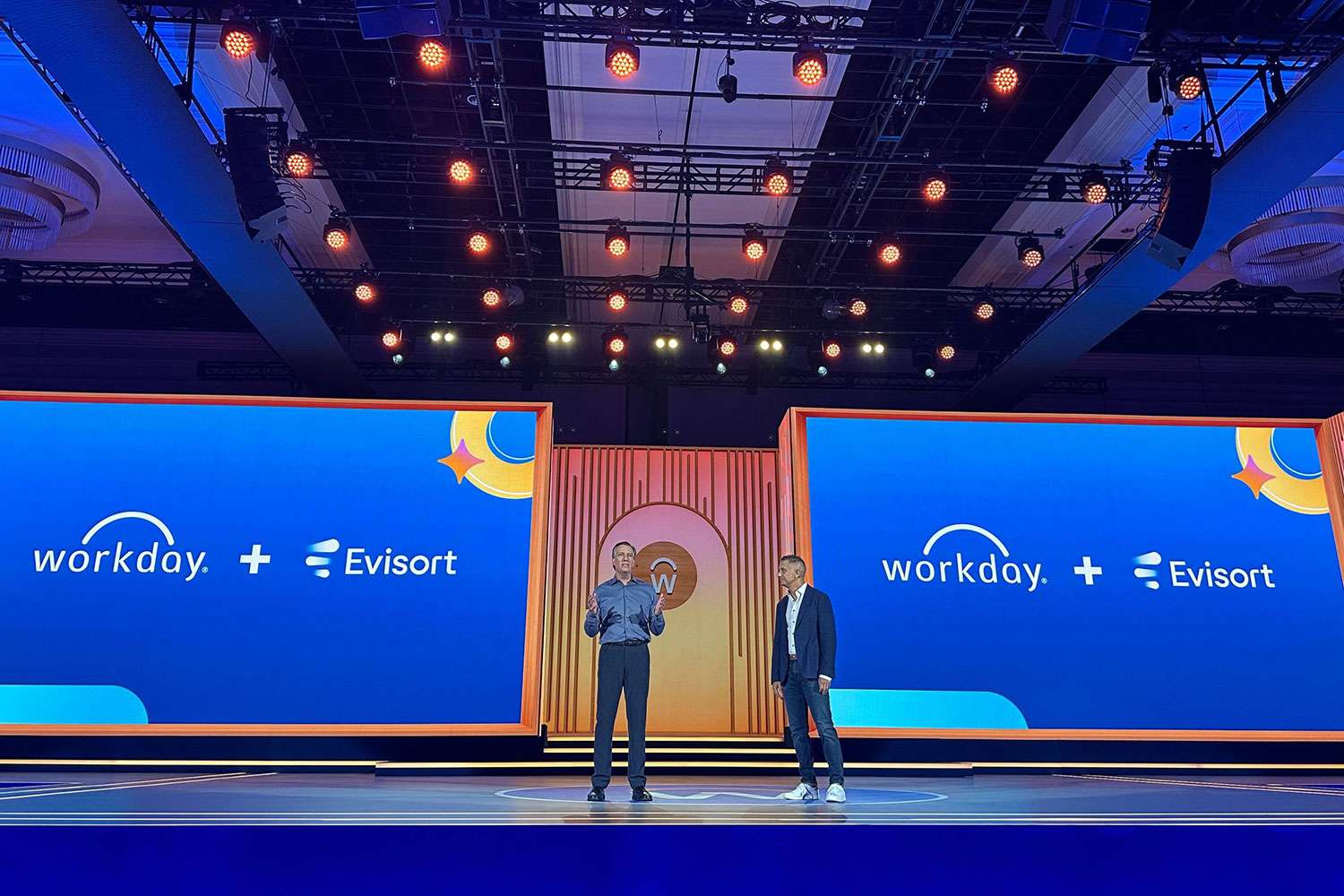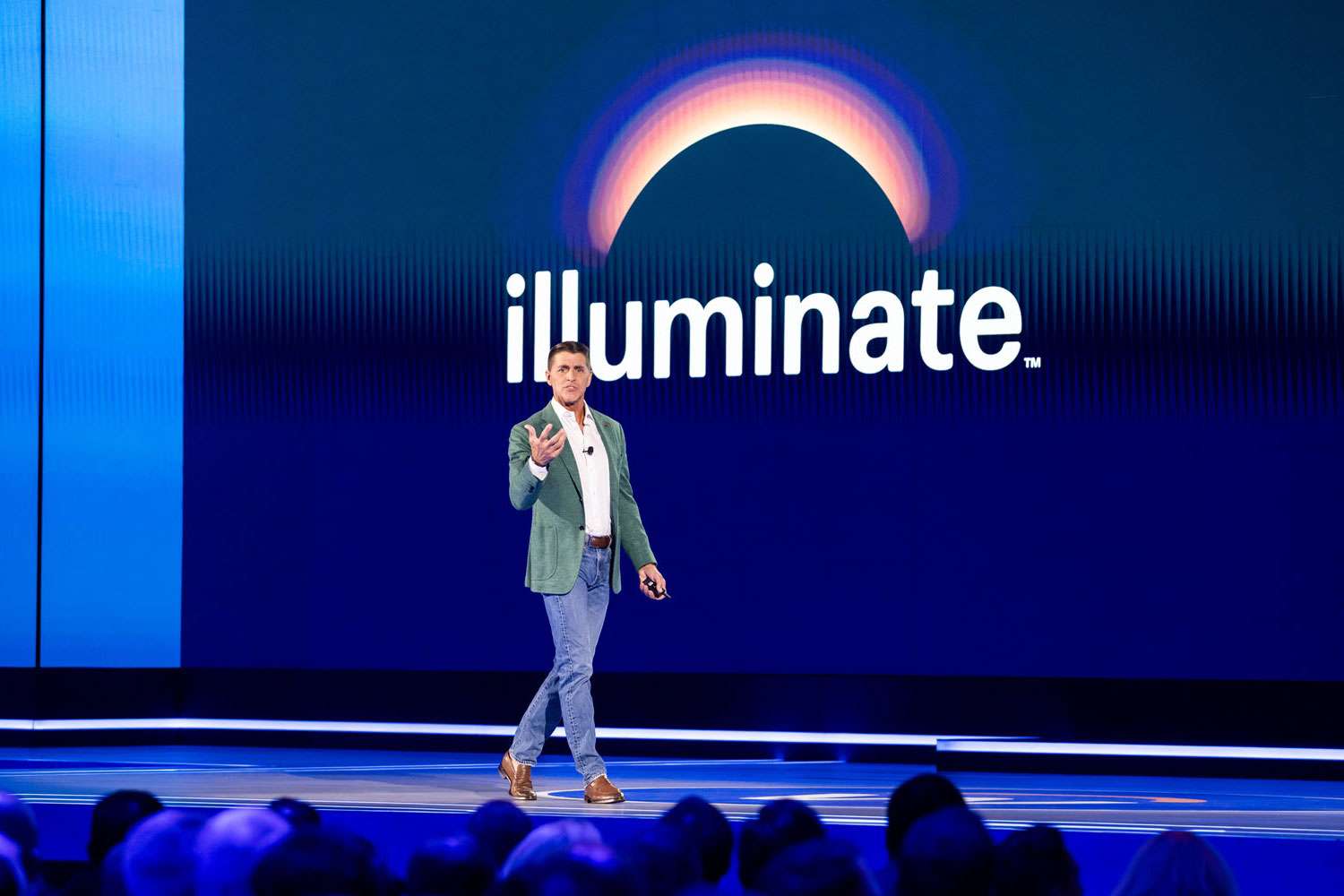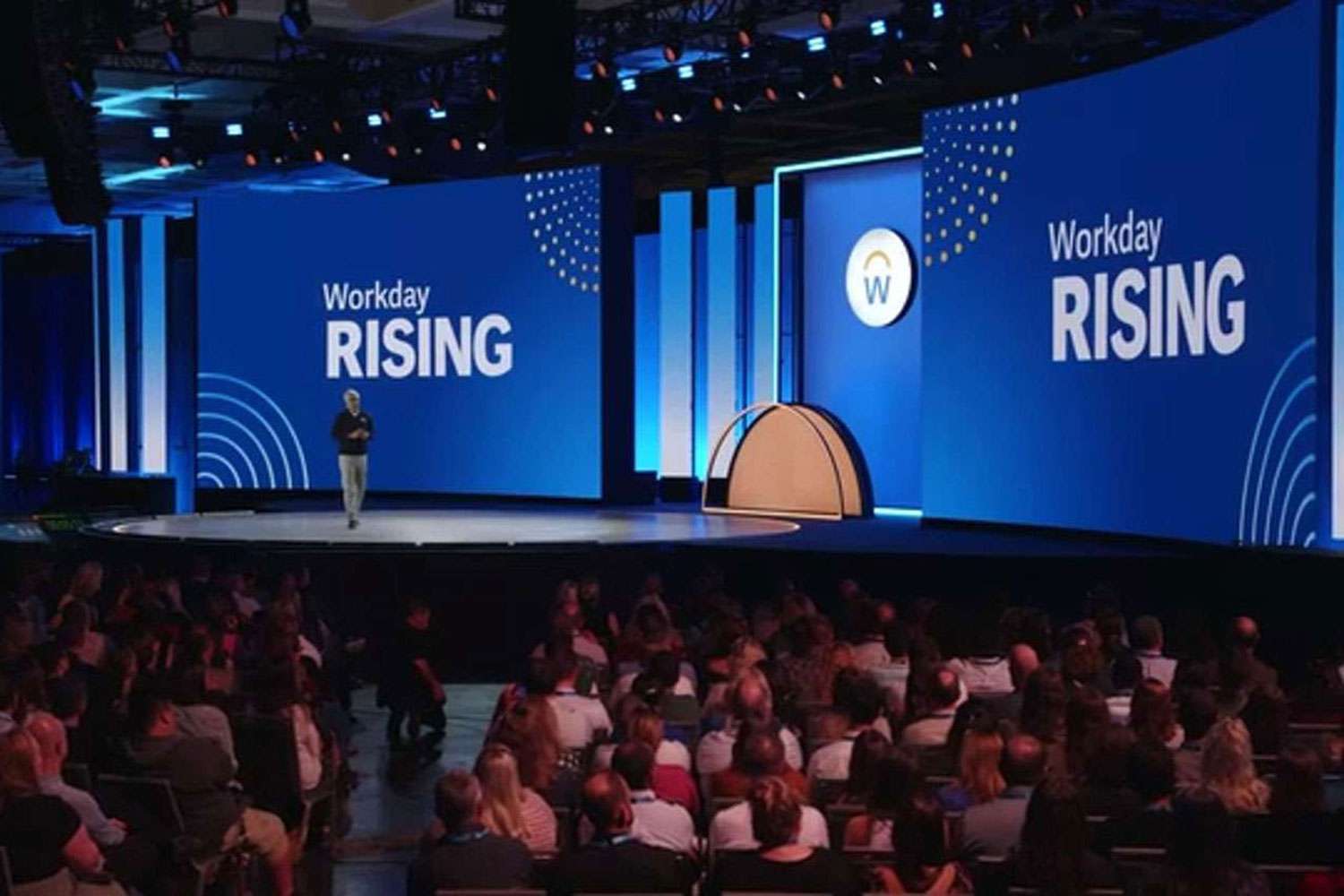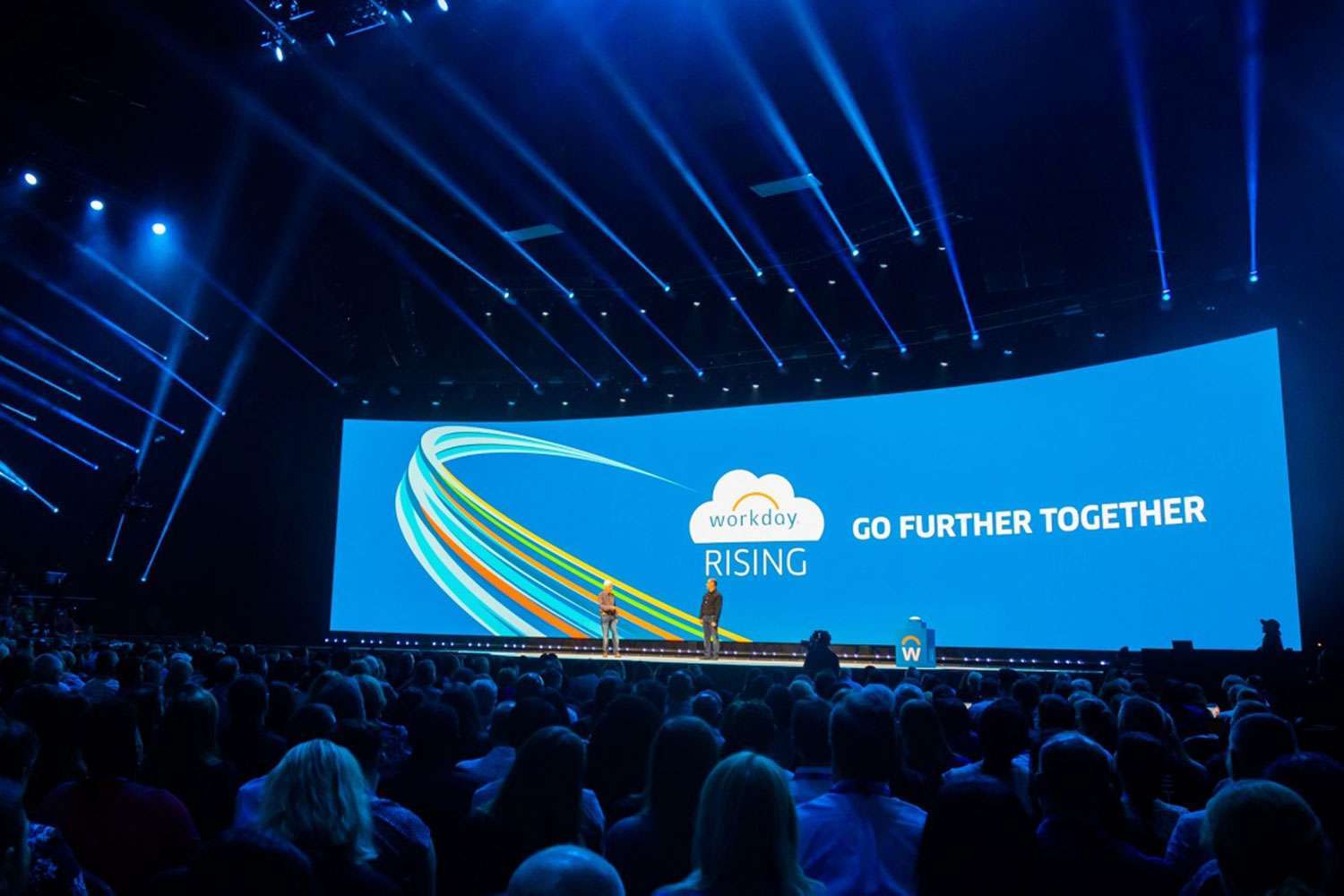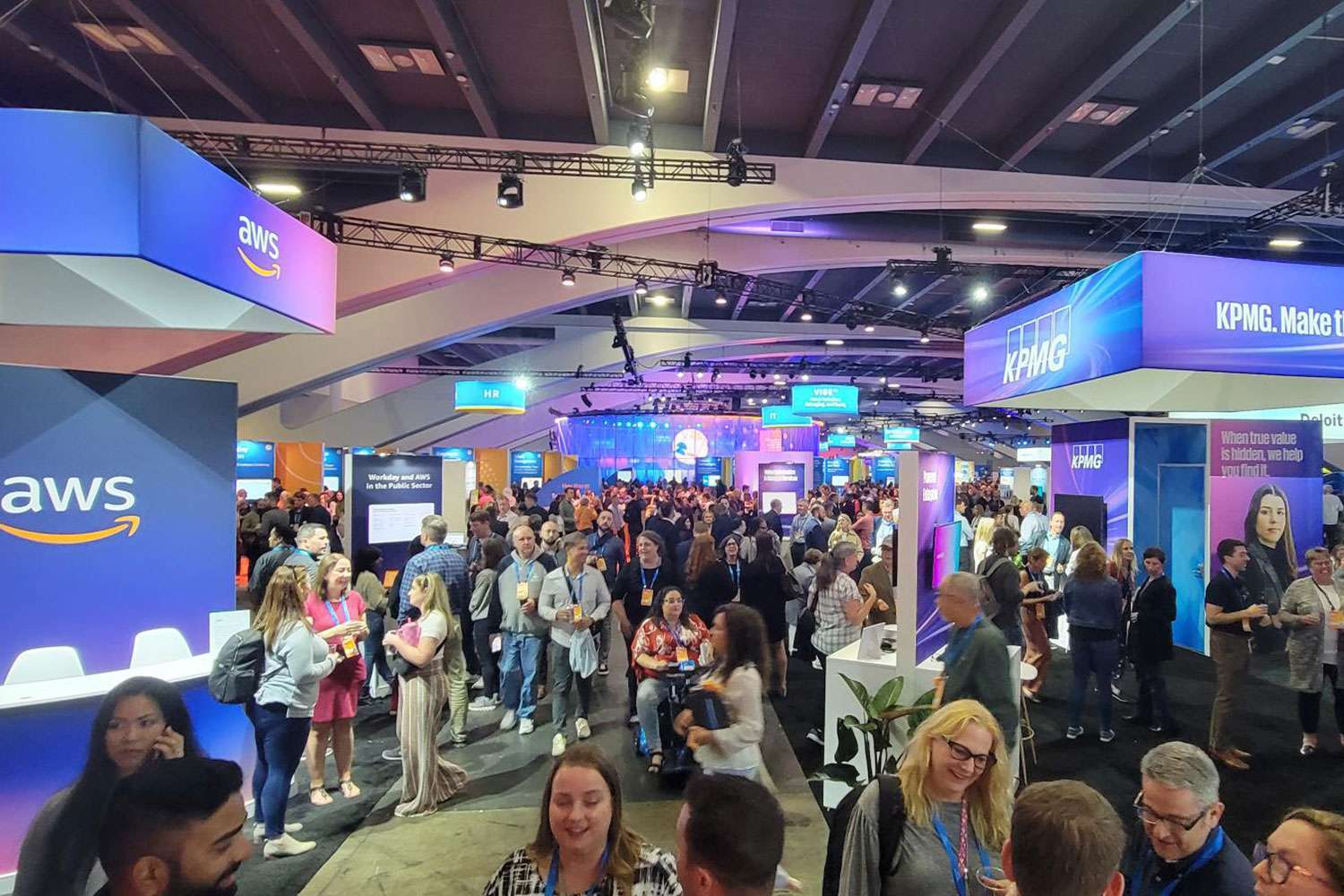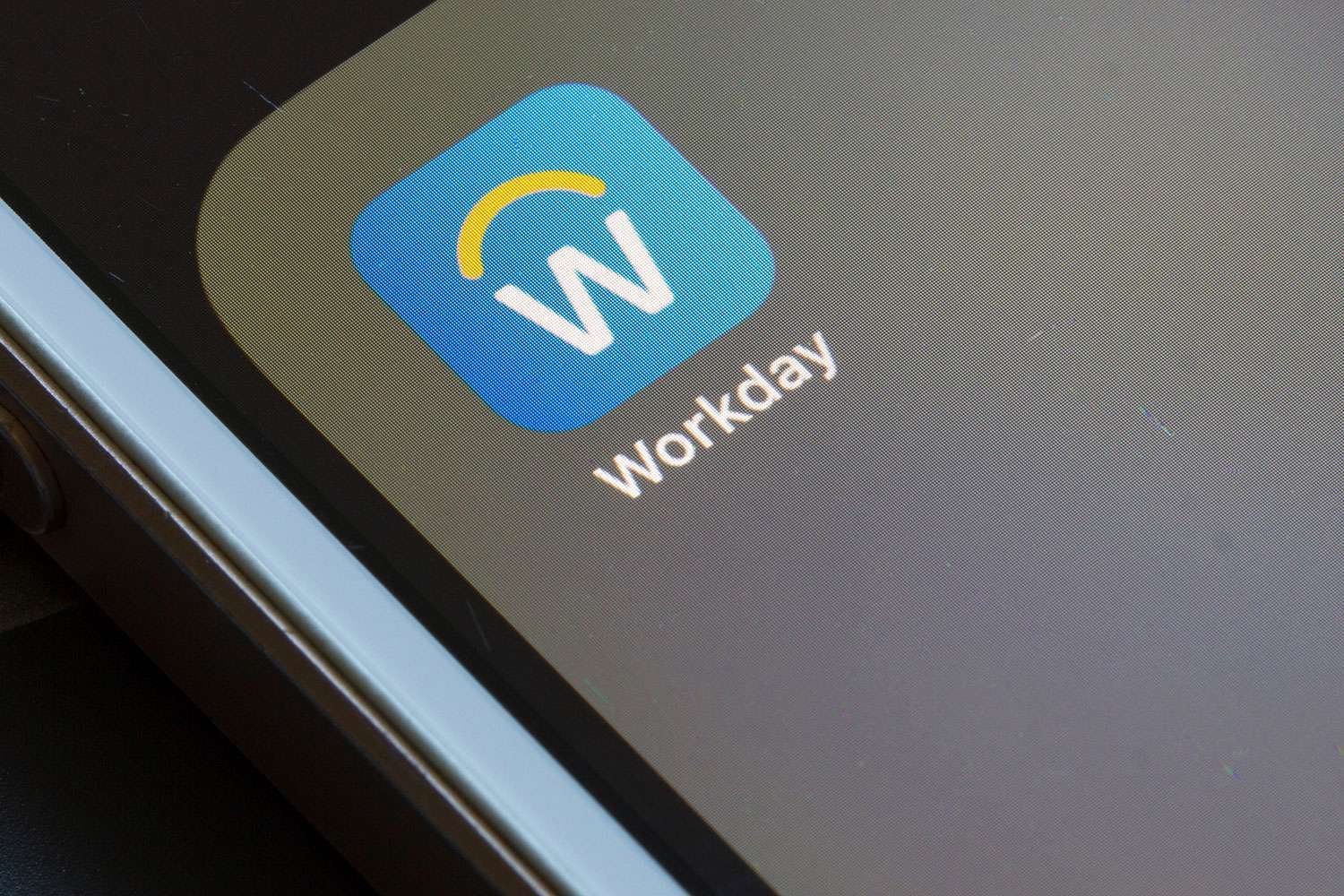The HR Total Rewards Program: A Comprehensive Guide

Many companies are losing great talent to competitors for a few reasons — a large one being a lack of clarity around their total rewards program, assuming competitive workforce compensation is the only motivating factor in attracting and retaining top talent.
Effective employee recognition tools rely upon Human Resource (HR) teams and Human Capital Management (HCM) tools to develop and foster an effective employee total rewards strategy.
Once built, it’s imperative companies consistently and effectively communicate the value of employee rewards to their current and prospective employees.
In this article, you’ll learn why your organization needs a total rewards program, the benefits of a holistic employee rewards strategy, and how you can build a total rewards strategy for your organization.
Why Your Organization Needs a Total Rewards Program
A total rewards program can motivate your team, encourage long-term retention, and attract the right people to your organization. Just a few of the benefits of implementing an employee rewards program include:
- Attracting new talent;
- Improving employee engagement and satisfaction;
- Increasing productivity;
- Fostering a positive work environment;
- Increasing employee retention rates;
- And more.
Today’s employees, young and old, aren’t just looking for high pay, although that of course plays a factor. If you want to attract and retain experienced talent, you might consider offering flexible hours, as many are in a season of life where they are caring for young children or aging parents. For the recent graduate crowd, great non-monetary benefits like an awesome company culture will sweeten the deal.
A 2021 Pew Research Center survey found that those who quit their jobs did so because of:
- Low pay (63%);
- No advancement opportunities (63%);
- Childcare issues (48%);
- Lack of flexibility in work hours (45%);
- Lack of good benefits (43%).
A 2022 FlexJobs Career Pulse survey found that 63% of the 4,000 respondents would choose work-life balance over pay. Many of these issues can be solved, and needs can be met, with a comprehensive total rewards program.
Employment Incentives Improve Employee Engagement
Total rewards programs encompass all the incentives offered to employees. It’s a big-picture view of what makes your company a great place to work.
If you’re an organization trying to attract the right people and retain current employees as you grow, you need a total rewards approach to workforce compensation.
Every company’s total rewards compensation package will be different.
Why?
Because every company is different.
It would be a mistake to assume that culture or paycheck alone are your total rewards strategy. Offerings will vary depending on company size, location, and industry; big companies may have greater budget flexibility to offer higher salaries and benefits however a smaller startup may provide stock options and equity in the company. Both will appeal to different employees in different stages of their career. A total rewards package may even differ from employee to employee, depending on the goals and roles of those positions.
The Top Four Ways Your Company Can Build a Total Rewards Strategy
To attract and retain great people, you need a total rewards program strategy aligning with your company’s culture and goals.
1. Clearly and Consistently Communicate Your Employee Incentives
If employees don’t fully grasp the value of your company’s total rewards program, they might leave for something that appears better. Technologies like Workday or PeopleSoft are great tools to see and understand their current total rewards compensation easily.
2. Get to Know Your Workforce and Understand Their Needs
Conduct surveys, look at data, and see what your potential and current employees care about most. And then invest in those things. You want to communicate this process to employees so they feel cared for.
3. Foster Transparency Within Your Organization
In addition to communicating clearly, you don’t want to overinflate the value of your total rewards program. Always be honest and transparent about monetary and non-monetary values.
4. Offer a Competitive Compensation Package
Let’s be honest: for a total rewards program to be effective, you must be competitive. If you can’t offer a higher base salary, offer other employee incentives such as: flexible schedules, performance-based bonuses, and equity in the business (and communicate their added value).
Contact ERPA to Configure the Best Total Rewards Program in Your Enterprise Technology
An employee total rewards program can incentivize workers to hit their targets. It is a culture-based way to approach workforce compensation, both directly and indirectly.
For an effective compensation management program, the following must be included:
- Base salary, plus any incentive or commission-based compensation;
- Benefits like insurance, Paid Time Off, educational stipends, and retirement plans;
- Equity,
- Positive work culture;
- Work/life balance — remote or hybrid opportunities, sabbaticals, and flexible scheduling;
- Performance management strategies;
- Any other non-monetary employee incentives like “Taco Tuesdays” with the team, mobile massages in the office, bus passes, etc.
For a workforce to give you their best they need to feel valued. Employee recognition tools allow Human Resource managers the opportunity to build a holistic total rewards program for prospective, existing, and long-time employees.
Never underestimate the value of investing in a positive work environment. An effective total rewards compensation strategy, effective leadership, and competitive employee incentives will help you attract and retain top talent that goes beyond base compensation, setting your company apart from the competition.
If you need support developing your total rewards program within your enterprise technology, ERPA is here to help. Contact us today to learn how to create an attractive total rewards compensation package for your current and prospective employees.




